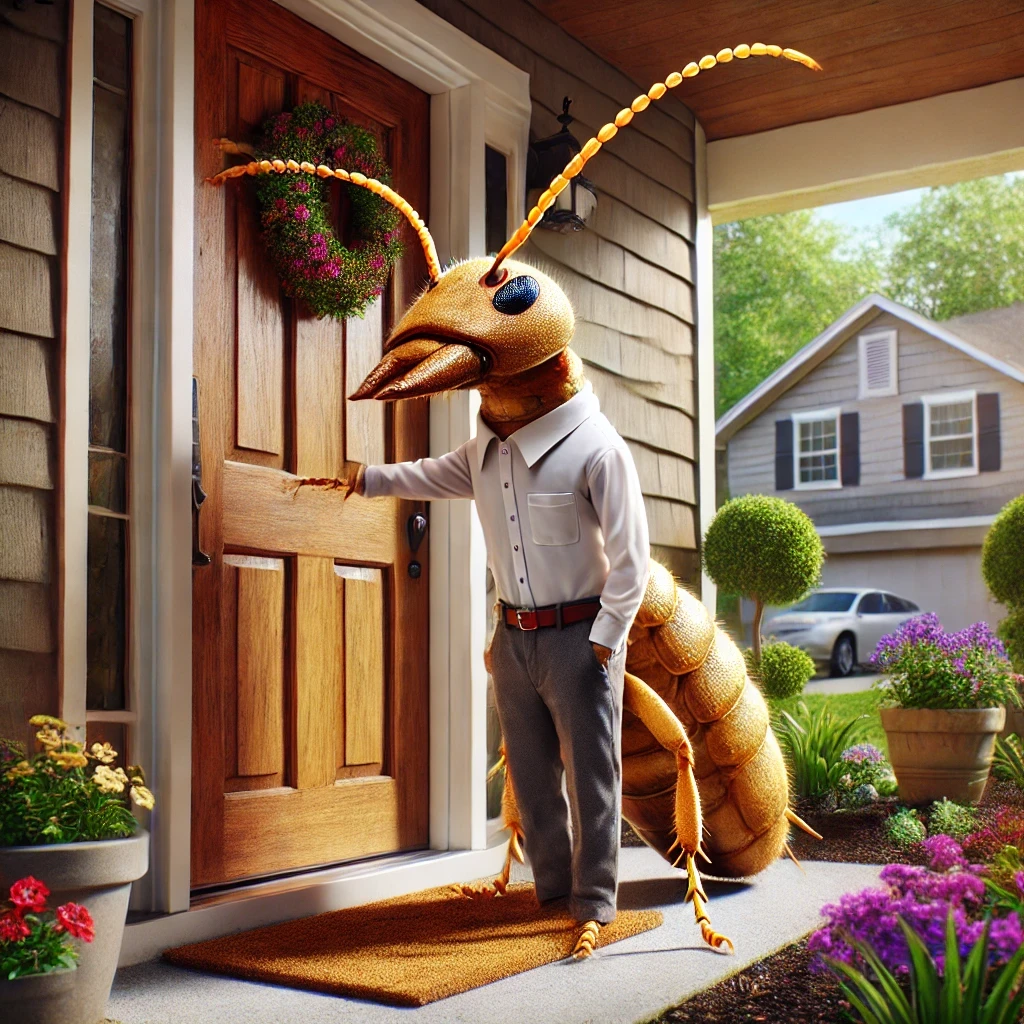Mouse and Rat Droppings: What to Do If You Find Them in Your Home
It might seem funny (and gross) to think about identifying mouse or rat poop in your home, but this matter should be taken with seriousness and care. Would you know how to handle it? Keep reading to learn everything you need to know to keep your home, family, and pets clean and safe in the event of a rodent infestation.
What Diseases Do Mice and Rats (and Their Droppings) Spread?
One of the most important things to keep in mind is that mouse and rat droppings carry many harmful bacteria, diseases, and viruses, and if you are exposed to them, or handle them without taking the proper precautions, they can be potentially dangerous. Here is a list of some of the diseases carried and spread by mice and rats:
Hantavirus: Hantavirus Pulmonary Syndrome is a respiratory disease caused by stirring up air that has been contaminated by mice or rat feces. Hantavirus can also lead to Hemorrhagic Fever with Renal Syndrome.
Leptospirosis: This is a bacterial infection you, and even your pets could get should you come into contact with any water, food, or soil containing mice or rat urine.
Lymphocytic Choriomeningitis: This is a neurological disease you can get by either being bitten directly by a mouse, or if their urine or feces come into contact with any broken skin or open wounds.
Rat-bite Fever: This is another bacterial infection caused by either direct contact with mice or rats carrying the disease, their droppings, or contaminated water.
Salmonellosis: This is an infection you can get by eating or drinking any food or water that has been contaminated by rat feces.
Tularemia: Although rare, this is a very serious infection carried by rodents that humans can get if they are bitten.
Spotting the Difference Between Mice and Rat Droppings
So, you’ve seen what appear to be rodent droppings around your home. But how do you tell the difference between mouse poop and rat poop?
Characteristics of mouse droppings – Pellets are ⅛ to ¼ inch in length, rice-shaped, and are narrow at either one or both ends. They are black in color, slightly bent, and the texture appears “crunchy”.
Characteristics of rat droppings – Pellets are larger (½ to ¾ of an inch in length, dark in coloring, and both ends are pointed. And unlike mice droppings, they are sausage-shaped with a soft and wet texture.
Where to Look for Them If You Think You Have an Infestation
As you may expect, mice and rat droppings will usually be found in places that contain food sources, such as inside kitchen cabinets and pantries. Water sources are also among the most popular rodent attractions. Below are some other places to look for signs of mice and rats:
Behind or underneath furniture (These are also prime nesting areas.)
Inside or on top of cupboards
Inside cabinet shelves
Inside drawers or closet spaces
Underneath appliances
In your garage
What to Do If You Find Any
If you do find mice or rat droppings in your home, your first instinct may be to panic and begin sweeping or vacuuming them up immediately. While an understandable reaction, this is a very bad idea. Disturbing, or stirring up rodent droppings causes them to be more likely to emit the virus particles they contain into the air, increasing the chances of airborne transmission and exposure to these health dangers. Instead, follow the simple steps below to safely and correctly clean and dispose of rodent droppings:
Never handle mice or rat droppings with your bare hands. Always wear rubber or latex gloves.
Ventilate the room you found them in by opening windows to let in fresh air, reducing the chances of inhalation of contaminated particles. If possible, wear a mask for extra protection.
Spray the droppings with 1.5 cups of bleach to a gallon of water and let it settle for 5 to 10 minutes. Do the same thing with any nearby nesting materials, such as shredded paper or cardboard.
Put the droppings and nesting materials in a sealed plastic bag and in a trash can that is outside of your home.
Disinfect any other areas in your home that you may think the rodents or their droppings may have come into contact with (including floors).
Finally, wash your hands (and the clothes you were wearing) thoroughly with soap and water after removing your gloves. Avoid touching your eyes, nose, or mouth before washing them.
In the unfortunate event you do become exposed to fresh mouse or rat droppings, be vigilant of these Hantavirus symptoms and seek treatment right away – If the illness isn’t caught early enough, it can lead to HPS, which is a deadly syndrome that causes your lungs to fill with fluid.
Fever
Muscle pain in the hips, thighs, and back
Fatigue
Headaches
Dizziness
Chills
Nausea
Vomiting
Diarrhea
Stomach pain
Think you might have a mice or rat infestation in your home and the idea of handling it on your own makes you cringe? We understand and the experts at Pure Pest are here to help. We will accurately identify what kind of infestation you have and the best way to get rid of it. Contact us today to request service and a member of our team will reach out to you to schedule your inspection.





